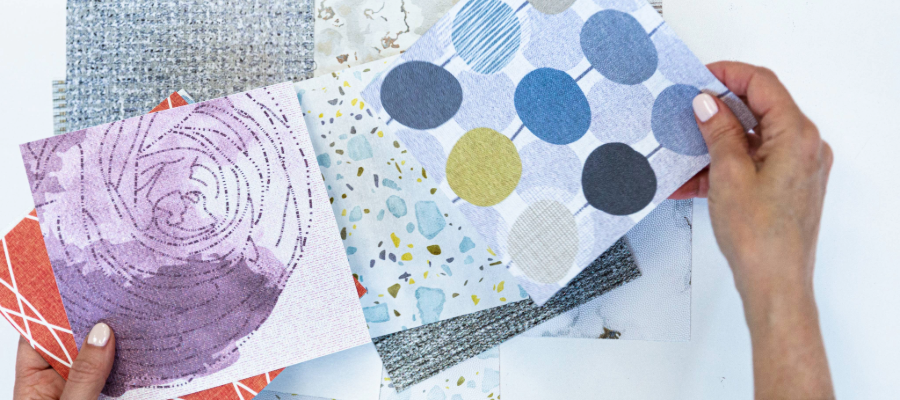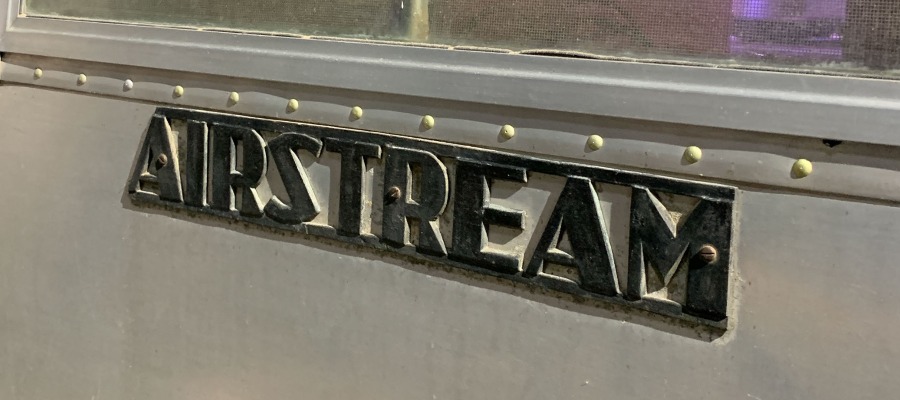
Helen Scott on Recycled Content in Car Interiors
No conversation about sustainability exists without mentioning transportation and cars. And most of that conversation tends to center around our driving habits and gas emissions. We don’t think much about the actual car interior that we’re sitting in. That is changing though. Helen Scott, Head of Fabric Design at Borgstena Textile North America, spent much of her career in the automotive industry and sees sustainability and the use of recycled content in car interiors as a big part of its future.
Across industries, consumers are thinking about their carbon footprint in most of their purchases. They want to know how products are made, with what, and by whom. That desire is extending to car purchases and in ways that mean more than just gas mileage. Helen points out that historically, people don’t think much about how a new car model is designed. People don’t realize designing a new car interior typically takes between 2 – 3 years, and manufacturers need to be forward-thinking and responsive to quickly changing attitudes, such as the desire for sustainable options.
Who is at the forefront of sustainability in automotive?
Ford was the first major car manufacturer to start pushing sustainability, and they continue to be leaders. Early on, they put a mandate in place that all fabrics used in their cars had to have a minimum of 25% recycled content. In addition, all materials need to note the exact percentage. Ford believed this was both the right thing to do and was forward-thinking, assuming it would eventually be the norm. They were right.
According to Helen, the last two years have seen a significant shift in the automotive market. As consumers have pressed for more transparency in manufacturing from brands, they have pushed for more sustainable options. With Ford committing to recycled content, consumers wanted more of it. Quickly, nearly all manufacturers began to require fabrics to have some level of recycled content.
This does present a design challenge though. Recycled materials come with an additional cost, which is not always easy to simply pass along to the end-user. Usually, reducing costs in other areas balance out the extra expense and keep the same end price.
What do manufacturers mean when they say recycled content?
The most popular recycled material used in car interiors is polyester made from recycled plastic bottles. This technology has been around for many years and continues to be the majority of recycled content. But there are some interesting new developments. One innovative company is Seaqual Initiative. Seaqual is a collaborative community working with people doing ocean cleanups to transform marine litter into plastic. This plastic becomes a range of products, including fiber. The goal is to remove plastic from the ocean and catch it before it gets there.
Many manufacturers are also exploring natural fibers for interior materials. Before the invention of polyester, automobile interiors were traditionally made from wool. While there is a desire to use natural fibers, these fibers don’t meet the same high-performance polyester standards.
Helen points out that a fabric’s back coating is also a consideration.
As much as car interior fabric is made up of the actual fibers constructing the fabric, a backing is also required. This back coating is an acrylic latex applied with sponges to create a thin coating. The chemistry of these coatings has evolved over time and is now lighter and more pliable. Though there is an appetite for a completely recyclable product, the backing keeps it from being so. While necessary, this coating makes the fabric unable to be recycled after application.
Is there a future for digital printing in the automotive industry?
Digital printing makes it possible to change prints easily once a base fabric is approved. However, Helen points out that prints have generally been out of fashion. Designers use the technology sometimes in show cars, but not as a big part of the market. Should trends change, digital printing could be a big part of the future of prints.
Thank you so much to Helen for taking the time to talk with us about the changing landscape of sustainability in automotive. Interested in automotive design? Don’t miss our interview with Amy Frascella from Land Rover/Jaguar.
Share this post
Author
DESIGN/COLOR TRENDS AND AWESOME INFORMATION IN YOUR INBOX
Sign up for our monthly trend letter







